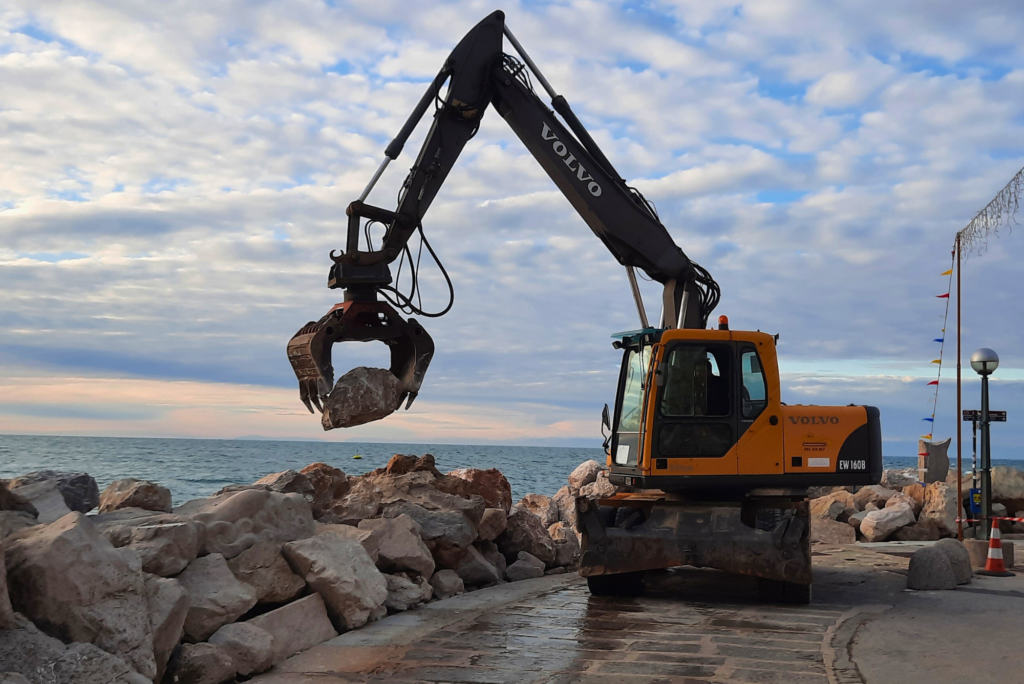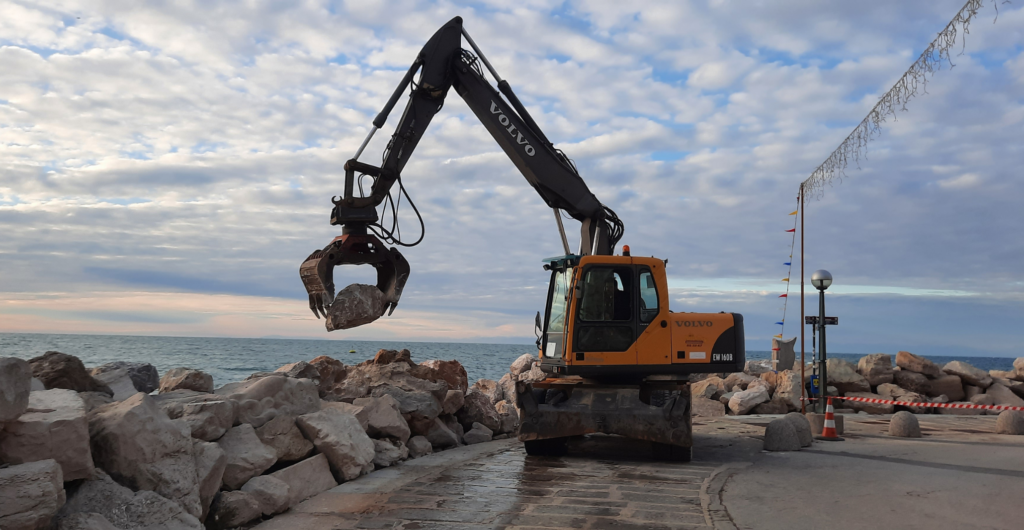Home » MedECC reports » Special Report on Climate and Environmental Coastal Risks in the Mediterranean » Chapter 5. Sustainable development pathways
Special Report on Climate and Environmental Coastal Risks in the Mediterranean
Chapter 5. Sustainable development pathways
Executive Summary
The attainment of climate-resilient development (CRD) pathways in the coastal areas of the Mediterranean remains a serious challenge. The pursuit of such pathways requires the proper identification of vulnerabilities related to human activities as well as climate change impacts, the assessment of opportunities to reduce risks to the affected communities, and the adoption of actions that are consistent with the Sustainable Development Goals (SDGs). The SDGs aim to shape most of the world's major priorities for improved livelihoods. Indeed, transformative actions are increasingly urgent across all sectors, systems, and scales to avoid exacerbating climate change risks and meet the SDG's goals (high confidence). In climate-resilient development pathways, transformative actions concern leveraging change in key pillars of development that drive societal choices. Climate actions toward sustainability, such as social cohesion and equity, individual, collective and agency empowerment, and knowledge development, have been identified as crucial steps to transform practices and governance systems for increased resilience (high confidence).
Mediterranean countries’ efforts to adopt effective mitigation and adaptation measures are still insufficient to promote desirable and liveable futures, and to increase wellbeing for all Mediterranean coastal residents (medium confidence). Greenhouse gas emissions (GHG) in North Mediterranean countries (NMCs) have been systematically decreasing since 2005, whereas in South-Eastern Mediterranean Countries (SEMCs) they have been increasing continuously since the 1960s (high confidence). Economic and population growth, especially in SEMCs, combined with increased demand for the electrification of transportation fleets, are the main factors for the observed rise in net emissions in the Mediterranean region, which has not yet managed to comprehensively decouple economic development from rising GHG emissions (high confidence).
The most vulnerable actors of society, such as elderly, migrants, women, children and low-income earners, who are often more at risk, are not necessarily at the centre of policy measures that aim for an efficient and just transition to a changed environment and climate. Despite some progress in promoting a sustainable energy transition that moves away from fossil fuels towards renewable and clean energy sources, including solar energy, as well as efforts to support conservation and restoration of blue carbon pools such as coastal ecosystems, sustainable development pathways are not occurring at a sufficiently fast pace, thus increasing risks and intensity of climate change impacts (high confidence). Marine renewable energy sources including offshore wind, wave, tidal current and thermal gradient energies are still in the early stages of development in the Mediterranean Sea, with only wind energy currently representing a feasible viable option (medium confidence). More importantly, further research is needed to establish the net impact of renewable energy sources on the unique Mediterranean biodiversity of coastal ecosystems.
Crucial socioeconomic sectors such as tourism, construction and real estate continue to be largely based on linear and extractive models of development, insufficiently embracing circularity and sustainable development practices (medium confidence). A mix of legal, policy, and economic instruments, and behavioural nudges, participation and bottom-up collaborations with citizens, can be employed more vigorously by local, national and regional authorities, to promote effective climate resilient development pathways in the Mediterranean Basin, thus addressing environmental and climate change risks.
How to cite the report
Contributors












